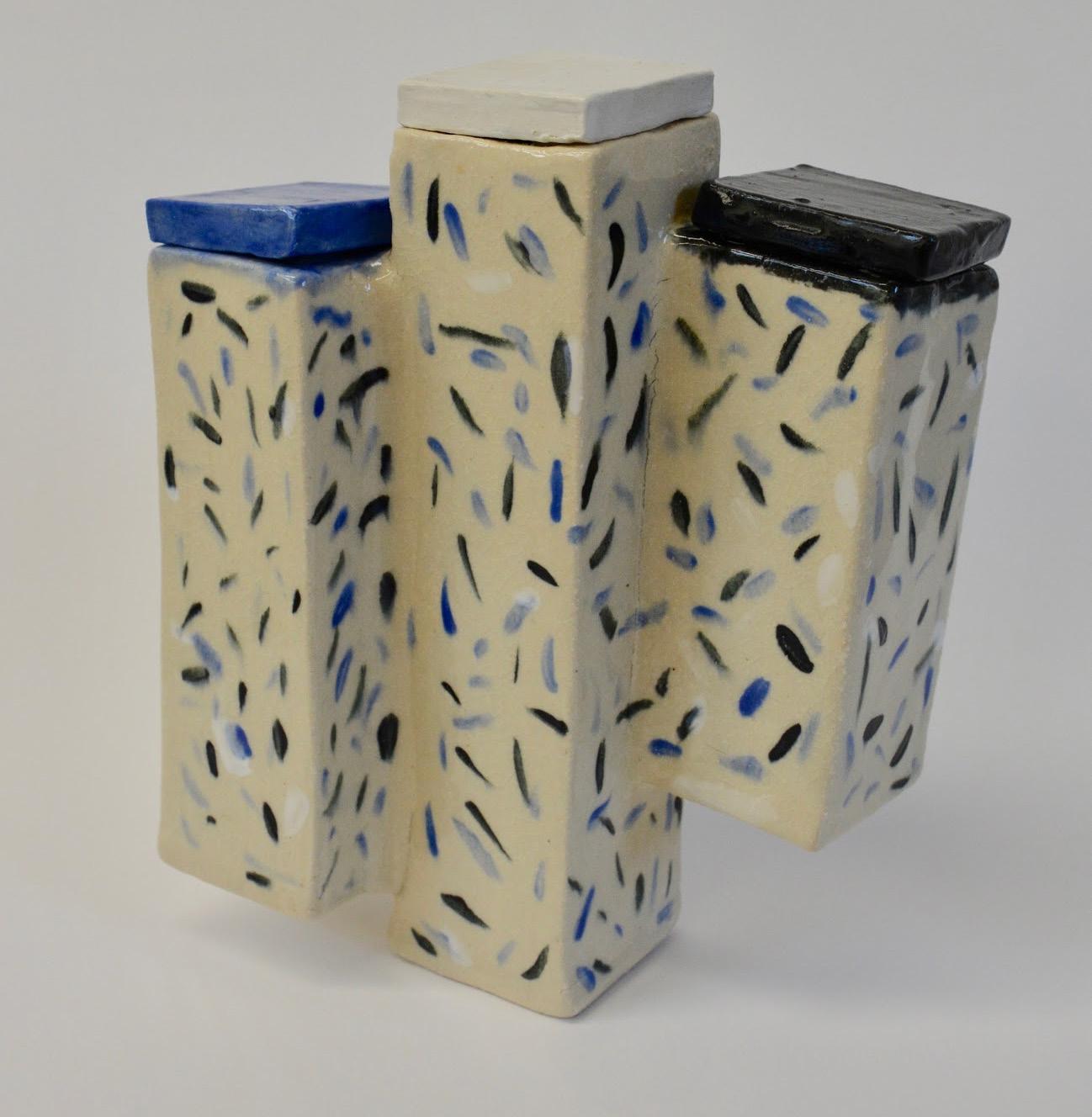
1 minute read
Student Art
Artist-Will Marra ’23 Section-Student Art
Each piece of wood was hand-cut and assembled into four patterned panels on each side. The legs were sanded and finished with oil. Kumiko art has existed in Japan since 600-700 AD, as a functional yet extremely delicate form of hand-crafted design. Elaborate light fixtures were an important symbol of status and wealth.
The Podium | Student Art
51
Artist-Nate Voss ‘24 Section-Student Art

The spider body was carefully sculpted in clay and the wire-covered legs were added after the glaze firing. The first recorded ceramic clocks began as a decorative tradition in wealthy German households in the 1850s. Since then, they’ve become an impressive art form around the world and continue at Belmont Hill, fully-functional and on display in the Robsham.
Artist-Ceiba Wild ’24 Section-Student Art

Attached two boxes to the main support to create a floating effect. The glaze, tick marks, and colored lids were all hand-painted. Ceramic pieces as an art form have existed in almost every culture and every continent dating back thousands of years, first (likely) discovered in modern-day Czechoslovakia. The above glazing and painting technique was common on Chinese porcelain and so-called “fina china,” first developed in England.






